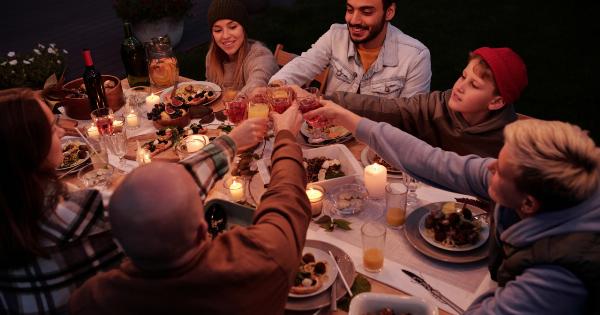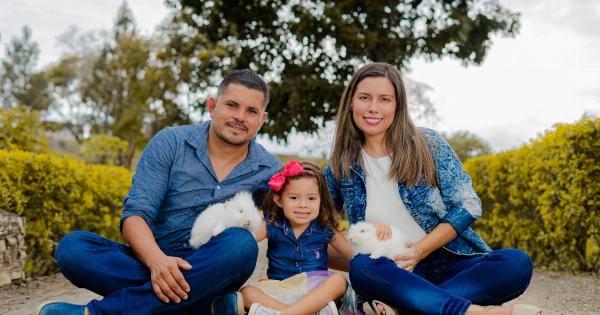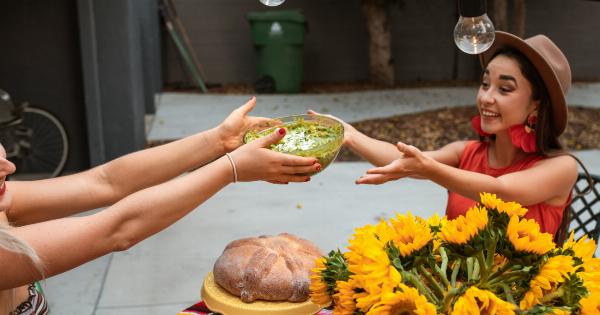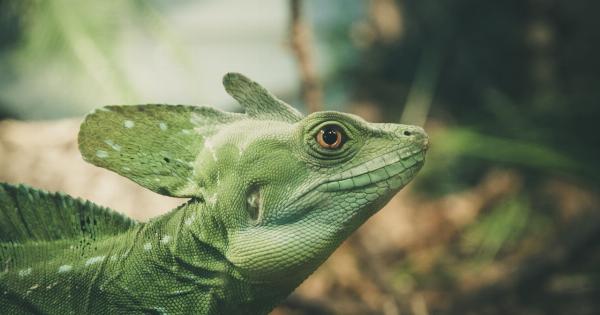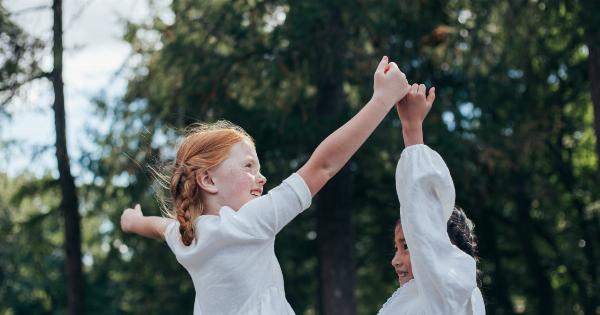Being the oldest sibling in a family comes with its own set of dynamics and responsibilities.
Whether you have one or multiple younger siblings, being the oldest often means taking on a leadership role, setting an example, and dealing with various challenges. From playing the role of a mentor to experiencing more pressure, here are some key dynamics that come with being the oldest sibling.
1. Mentorship and Guidance
As the oldest sibling, you are likely to assume the role of a mentor and guide to your younger siblings. You have the opportunity to lead by example, teach them important life skills, and provide guidance in times of confusion or difficulty.
This responsibility can be both rewarding and challenging, as you strive to be a positive role model for your siblings.
2. Additional Responsibilities
Being the oldest often means having additional responsibilities within the family. You might be expected to help with household chores, take care of younger siblings when parents are busy, or assist with homework and school projects.
These responsibilities can be overwhelming at times, especially when balancing them with your own personal obligations.
3. Setting the Bar
As the firstborn, you are usually the benchmark against which your younger siblings are compared. Whether it’s academics, sports, or social activities, your achievements and behavior set the standard for your siblings.
This can create pressure to excel and succeed in various aspects, as you may feel responsible for maintaining a positive family reputation.
4. Protective Instincts
Being the oldest often brings out your protective instincts towards your younger siblings. You may feel a sense of responsibility to shield them from harm, offer advice, and intervene when necessary.
It can be both gratifying and demanding to watch out for your siblings’ well-being, but it also strengthens the bond between you and your brothers or sisters.
5. Sibling Rivalry
Rivalry among siblings is common, and being the oldest doesn’t exempt you from it. Sibling rivalry can range from small disputes to more significant competitions for attention or resources.
It’s important to find a balance between healthy competition and fostering supportive relationships with your siblings.
6. Role Model and Influence
The oldest sibling often serves as a role model and carries influence over their younger siblings. Your actions and choices can significantly impact the behavior and choices of your brothers or sisters.
Being aware of this influence allows you to be more intentional about the examples you set, as your younger siblings often look up to you.
7. Leadership Skills
Leading and taking charge of situations may come naturally as an oldest sibling. The responsibility and experience of guiding younger siblings can develop strong leadership skills.
This can be advantageous in various aspects of life, such as school, work, or social interactions.
8. Increased Independence
Being the oldest often means being granted more independence sooner than your younger siblings. Your parents may trust you with more freedom, responsibilities, and decision-making opportunities as you grow older.
This added independence can also come with higher expectations and accountability.
9. Higher Expectations
The oldest sibling is frequently held to higher expectations compared to their younger siblings. These expectations can come from both parents and oneself. The pressure to excel academically, behave well, and be a role model can be daunting.
It’s essential to find a balance between meeting expectations and maintaining your own well-being.
10. Lifelong Bond
With the shared experiences and responsibilities, being the oldest sibling often leads to a special bond with your brothers or sisters.
You have been through various stages of life together, acted as each other’s support systems, and created lasting memories. This bond can endure throughout your lives, providing a source of love, companionship, and understanding.






